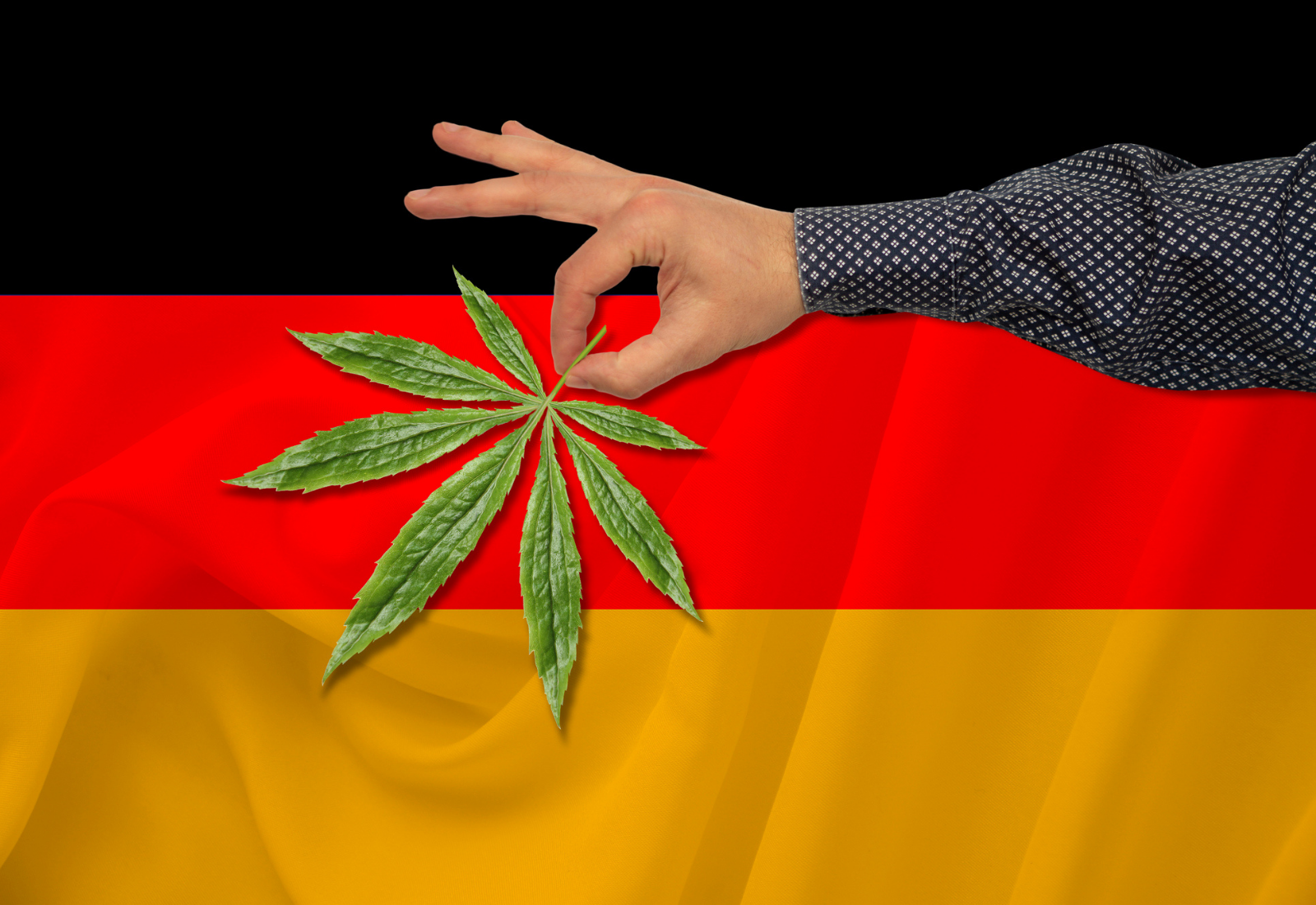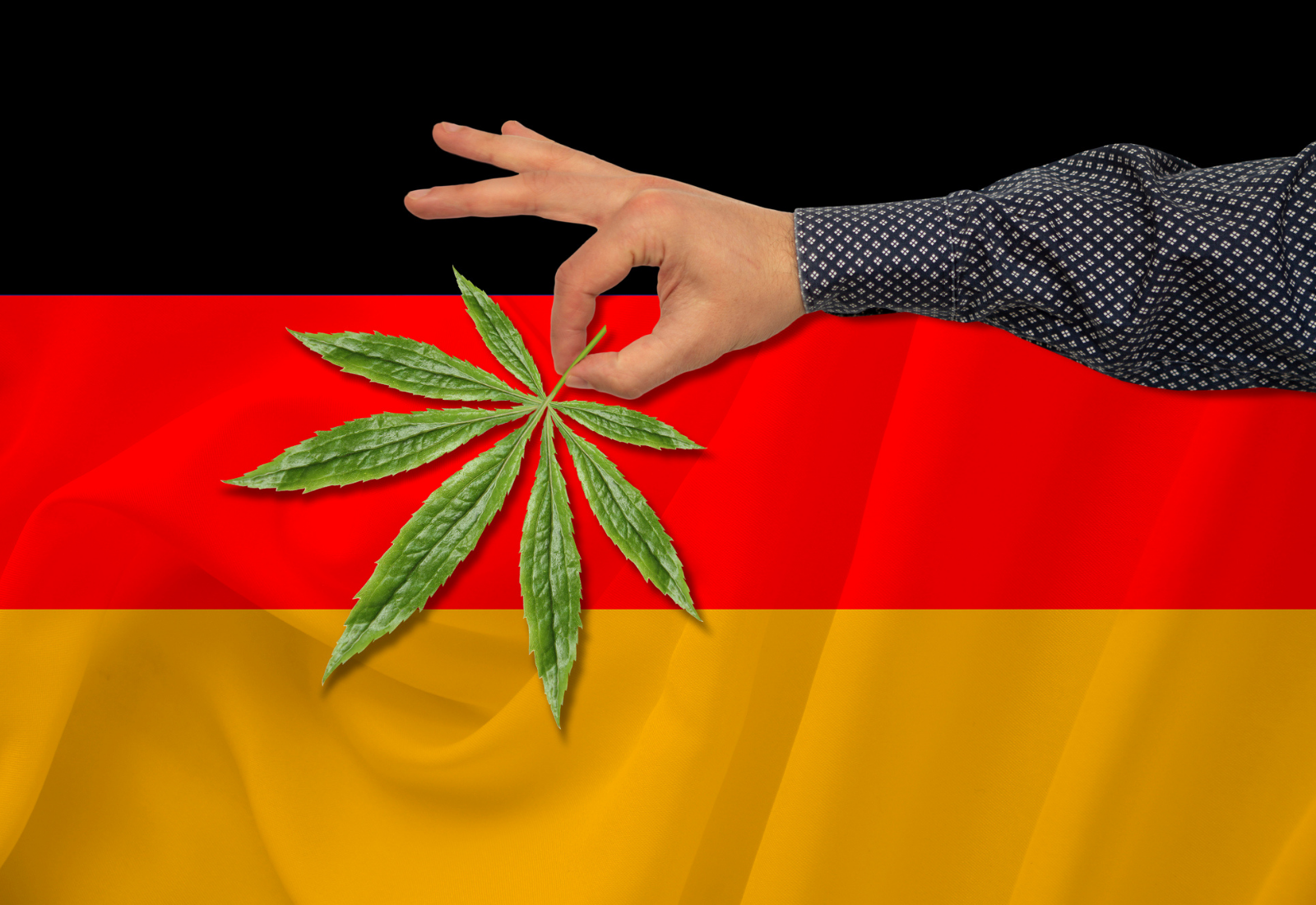
30 Jul Elections and Cannabis in Germany: Green All Around

Germany will hold parliamentary elections on September 26 of this year. While the ruling Union is expected to win the largest number of seats in the Bundestag, the majority of polls show the Greens (officially Alliance 90/The Greens) taking the second-highest number of seats. In fact, as recently as May, some polls had die Grünen coming in first.
If their numbers hold up, there is a good chance the Greens will be called in as a minority partner in a coalition government. Under such a scenario, the Greens’ leader, Annalena Baerbock, would be expected to become vice-chancellor.
Why does this all matter to readers of this blog? Well, check out what the Green’s platform has to say on cannabis:
“We want to dry up the black market for cannabis and drive back organized crime. To do this, we will introduce a cannabis control law. It enables the legal and controlled distribution of cannabis in licensed specialty shops. At the same time, we want to create a regulated and monitored system for the cultivation, trade and distribution of cannabis. In this way, real consumer and youth protection as well as addiction prevention should finally come into play.”
As discussed above, the Greens’ likely path to power is through a coalition with the more conservative Union. As junior members of that coalition, the Greens would not be able to implement their entire platform, instead needing to reach compromises with the Union, which “is the last of the major political parties in Germany to maintain a strictly prohibitive stance on drug policy, refusing to agree to legalization policies laid out by the Greens, the Social Democrats, the Free Democrats and the Left party.” There is also the small matter of a (slim) majority of German voters being opposed to the legalization of recreational cannabis.
Despite these obstacles, a partly Green coalition with Vice-Chancellor Baerbock in a prominent position would bring a strong pro-legalization voice to the heart of the government. Meanwhile, within the tricky context of coalition-building, dropping or moderating its long-standing opposition to cannabis might be a relatively palatable concession for the Union to make. With an estimated 4 million Germans who use cannabis, and almost half of German 18- to-25-year-olds having tried it, a greener stance could actually boost the Union’s popularity, especially among younger voters (and soon-to-be voters), likely a key demographic as the Greens become a mainstream force.
It is also worth noting that the Union, despite its strong poll numbers, is having internal leadership struggles. A fresher line on cannabis might be a way for certain Union leaders to set themselves apart, bringing further advocates of legalization into the mix. These tensions are also a reminder that, like most political organizations (especially large, establishment ones), the Union is not monolithic. This is particularly true of the Union, which is actually formed by two parties: the Christian Democratic Union (CDU) and the Christian Social Union (CSU). The latter is mistakenly considered by some to be the Bavarian branch of the CDU, but in practice there is daylight between the two parties when it comes to some issues.
In sum, there’s a good chance that the Greens will be part of Germany’s government by the end of the year. Whether they can reach compromise with the Union on cannabis legalization is an open question, but we’ll certainly be keeping an eye on what happens in Berlin.


Sorry, the comment form is closed at this time.